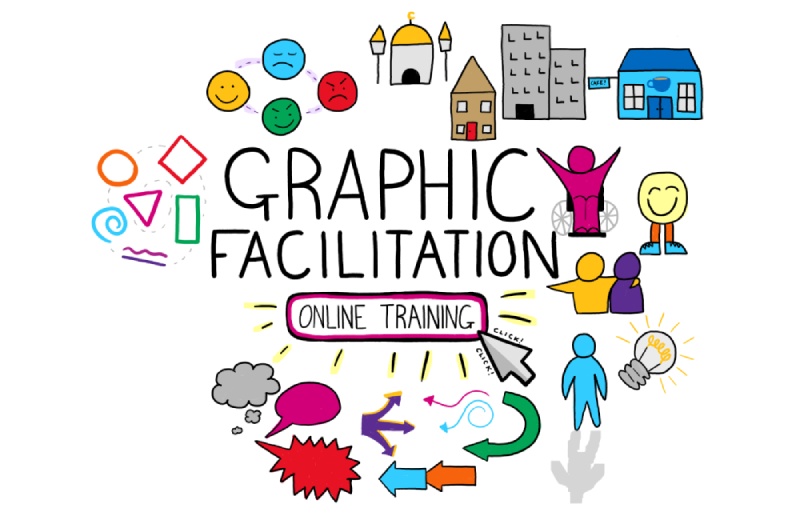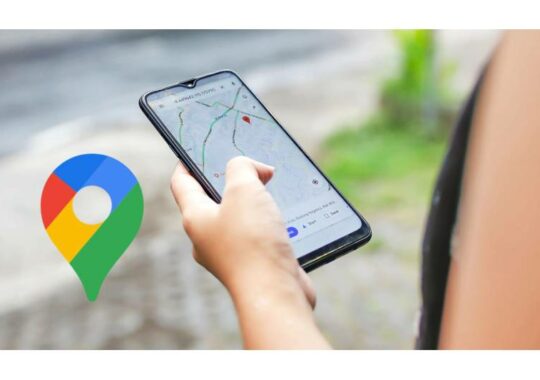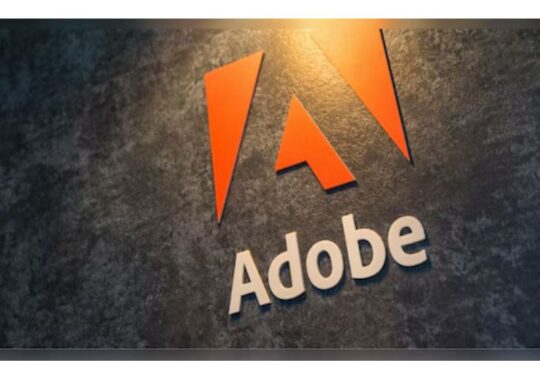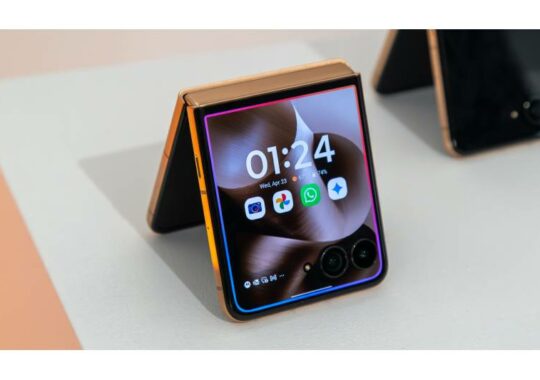In so many aspects of life, effective communication is of great importance. In terms of developing new ways to communicate ideas and stimulate cooperation, visual facilitation has begun to emerge as a strong and effective tool. In this blog post, we will attempt to define visual facilitation, demonstrate why it is important, and how it may help with communication and problem resolution.
Defining Graphic Facilitation
Graphic facilitation is a dynamic communication technique that uses visualisation and graphic representation to capture and express ideas, conversations, and processes. It employs visual elements such as drawings, diagrams, and illustrations to improve learning, promote creativity, and foster involvement. Unlike standard text-based techniques, visual facilitation uses art to make complicated topics more understandable and memorable.
The Role of the Graphic Facilitator
The graphic facilitator, also known as a visual practitioner, plays a key role in graphic facilitation practice. These experts possess a special combination of visual and facilitation abilities which allow them to actively listen, synthesise information, and transform it into visual representations in real time. Whether they happen to be leading brainstorming sessions, strategy meetings, or training workshops, graphic facilitators act as catalysts for communication and cooperation.
Applications Across Industries
Graphic facilitation can have uses in a variety of contexts. It is frequently utilised in business settings to help with strategic planning, starting off projects, and team-building activities. Educational institutions use visual facilitation to improve learning experiences and increase student engagement. Similarly, non-profit organisations can use this strategy to convey their mission and thus engage stakeholders, thereby effecting social change. Regardless of the situation, visual facilitation can help to breaking down barriers, encourage innovation, and establish shared understanding.
Tools and Techniques
Graphic facilitation makes use of a wide range of tools and strategies to bring together and then communicate knowledge. Facilitators produce visual representations using a variety of media, for example, paper charts and whiteboards, digital tablets, and even software tools. Sketch noting, a type of visual notetaking is another popular approach that combines handwritten text with basic drawings and symbols to record significant thoughts and concepts rapidly and effectively.
Benefits and Impact
The advantages of visual facilitation are numerous. Making information more accessible and interesting encourages active involvement and deeper understanding. Visual representations are in fact artefacts that may be examined and shared long after an exchange has concluded, reinforcing important lessons and facilitating follow-up activities. Moreover, visual facilitation can comfortably overcome language and cultural barriers, making it a useful tool in many contexts.
Enhancing Business Success
Effective communication is critical to success in business. Graphic facilitation provides practical benefits for businesses that aim to increase efficiency, stimulate creativity, and generate successful outcomes. Graphic facilitation can help to improve decision-making, align teamwork, and accelerate progress towards organisational goals by visually recording exchanges. In addition, the engaging and participatory nature of visual communication encourages stakeholder engagement which helps to ensure that everyone is on the same page and working towards shared goals. Whether it’s used to supervise brainstorming sessions, map out project plans, or explain complicated ideas to clients, graphic facilitation enables businesses to communicate more effectively, cooperate more efficiently, and work effectively towards success.





